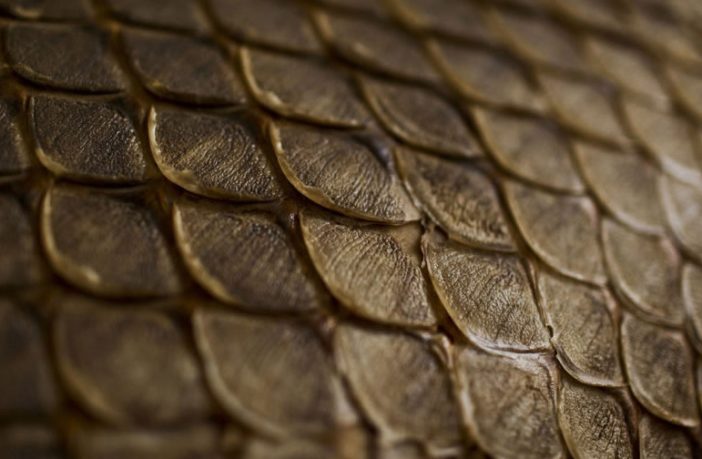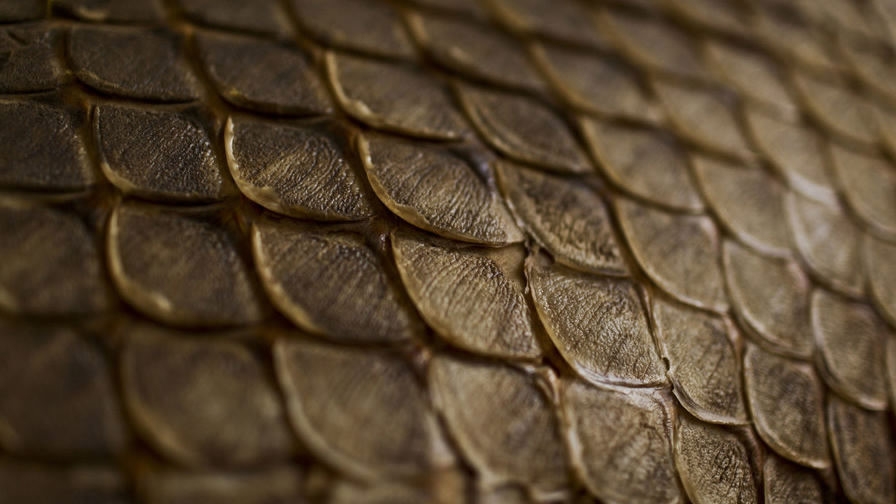Xinhuanet
Source: Xinhu
Transforming skins waste into luxury leather to make handbags, pairs of shoes or smartphone hulls is the challenge successfully tackled by the Moroccan company SeaSkin.
Founded by Nawal Allaoui, a student at the Higher School of Textile and Clothing Industries (Esith), SeaSkin produces and markets luxury leather goods based on fish leather.
This young woman, who often frequented the coastal zone of Casablanca, knows perfectly the species of fish, from which she recovers waste which is worth of gold.
Considered as waste, the skins usually go to the trash to pile up in bins where they decompose in oily matter, until the day when Nawal saw the treasure that these skins hid, giving them a second life.
“The idea came to me when I was working in social entrepreneurship with the wives of the fishermen who cleaned the fish and took away the spines of sea urchins, in the Casablanca region,” said the student.
After several tests in her room at the boarding school of Esith, Nawal was able to concoct a miraculous recipe for the tanning of fish skins, based on Moroccan organic products, such as henna.
The young adept of the environment gets raw fish skin (sole, whiting and salmon …) from fish restaurants and a fish fillet plant, before entrusting them to women, in number of six, to peel the skin by removing the remaining flesh residues and rinse the whole.
The next day is devoted to vegetable tanning, Nawal bathes the skins by gradually incorporating the preparation made from natural products. Finally, the skin will be ready to go into a dye bath to be customized according to the product.
At the end of the chain, the final touch is to flatten and dry the leather to create a luxury leather goods product.
Thus, from the meeting between the marine skin and the hands of this designer are born luxury accessories in fish leather that will satisfy the pleasure of people who love to have an original product with exotic textures.
But, do the portfolios smell like fish? “No, because the oils, naturally present in the skins, are replaced by natural tanning or protective oils, so the object simply smells of leather.”
For the marketing of its products, Nawal sells only online. Success seems to be at the rendezvous. First, SeaSkin has invested a hitherto unexplored niche, that of fashion from recycling. Then, the brand takes advantage of the ecological momentum that affects the whole society to offer fashion items made of fish skin.
Ecological, aesthetic and resistant, this leather of fish could soon come in force in our stores in the form of shoes or handbags and would encourage young entrepreneurs to think green, said Nawal.








